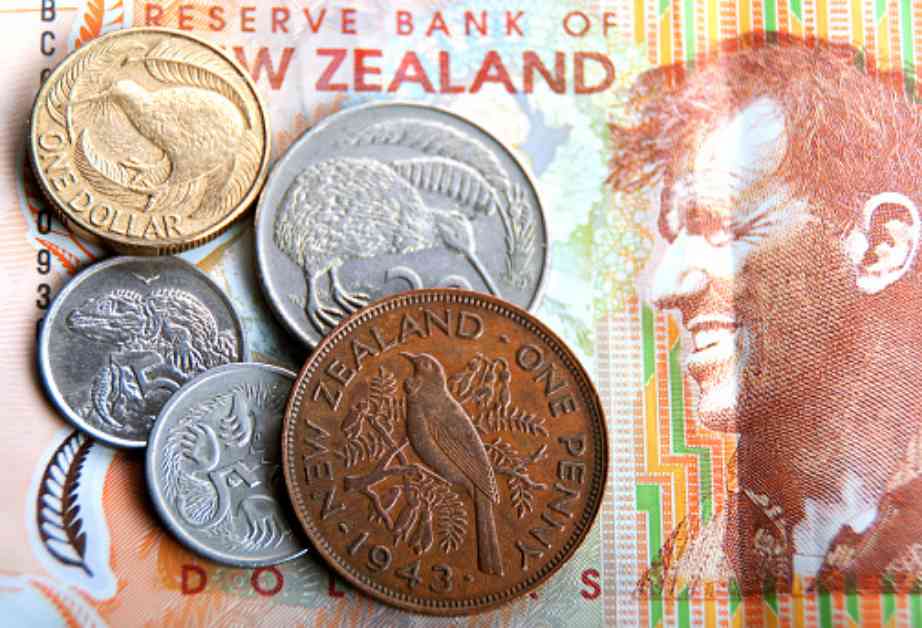The Reserve Bank of New Zealand is expected to announce a rate cut during their policy meeting on Wednesday. The decision to cut rates comes as inflation in New Zealand continues to slow down, approaching the RBNZ’s target range of 1-3%. This decrease in inflation is attributed to reduced domestic demand pressures and imported inflation.
The New Zealand economy has been experiencing below-trend expansion in recent quarters, with weak domestic economic activity. The global economic situation also plays a role in this slowdown, as growth in developed countries remains modest. Despite this, the RBNZ notes that business inflation expectations have fallen to around 2% in the medium- and longer-term horizons.
Analysts are divided on the extent of the rate cut, with some advocating for a 50-basis-point reduction, while others argue for no reduction at all. The decision made by the RBNZ will be closely watched for any indications about future monetary policy.
The anticipation of a 50-bps rate cut by the RBNZ is expected to have a negative impact on the New Zealand dollar. Investors may anticipate further reductions in the future, unless the RBNZ provides clear guidance against additional cuts. Any deviation from the expected 50 bps cut could lead to significant movements in the currency.
Currently, the kiwi/dollar is experiencing a bearish correction after a sharp pullback from its 15-month peak on September 30. The upcoming policy meeting and future economic indicators will likely influence the direction of the New Zealand dollar.
In conclusion, the RBNZ’s decision to cut rates will have significant implications for the New Zealand economy and the kiwi/dollar exchange rate. Investors will closely monitor the policy meeting for any signals about future monetary policy direction. The outcome of the meeting could lead to significant movements in the currency markets.

















